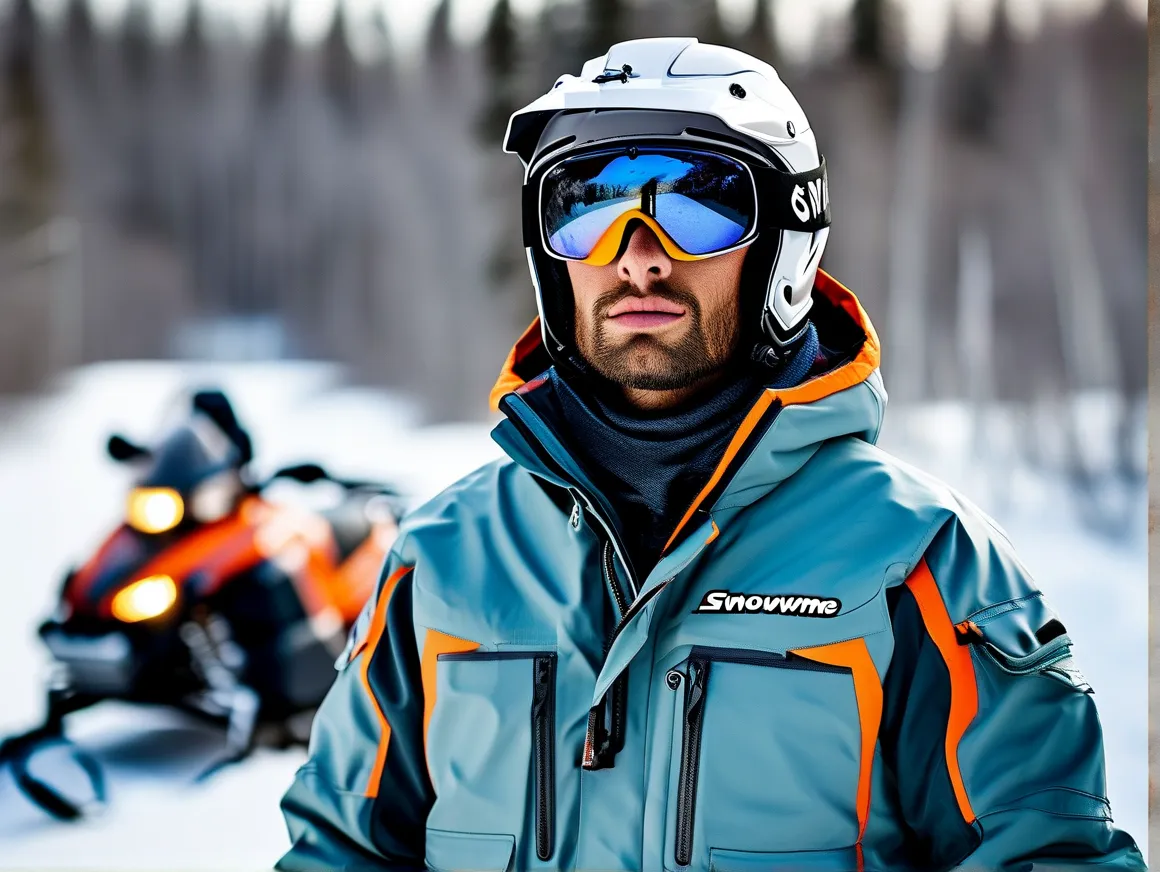When temperatures drop below freezing and snow blankets the terrain, choosing the right outerwear becomes critical for both safety and comfort. Two popular options dominate cold-weather riding gear: snowmobile pit coats and insulated winter ride jackets. While they may appear similar at first glance, these garments cater to distinct needs. Understanding their design differences, performance capabilities, and ideal use cases will help riders make informed decisions.
Key Design Features: Where They Diverge
Snowmobile Pit Coats
Built specifically for high-speed snowmobiling, these coats prioritize aerodynamics and moisture management. Look for:
– Ventilation systems: Zippered vents under arms or across the back regulate airflow during intense activity.
– Extended coverage: Longer hems (often reaching mid-thigh) and reinforced seat patches protect against wind uplift.
– Waterproof-breathable membranes: Materials like Gore-Tex Pro prevent sweat buildup while blocking snowmelt.
Insulated Winter Ride Jackets
Designed for versatility across snowboarding, skiing, or casual winter adventures, these jackets focus on:
– Thermal efficiency: Synthetic or down insulation (e.g., PrimaLoft Gold or 800-fill power) traps heat in low-movement scenarios.
– Mobility-focused cuts: Articulated elbows and shorter lengths ensure unrestricted movement off-trail.
– Hybrid weather resistance: DWR (Durable Water Repellent) coatings handle light precipitation without full waterproofing’s stiffness.
Performance Face-Off: 5 Critical Factors
1. Warmth Retention in Extreme Cold
Independent testing by Outdoor Gear Lab (2023) reveals pit coats outperform standard insulated jackets at -20°F/-29°C when paired with layering systems. Their wind-blocking panels and sealed seams prevent convective heat loss during high-speed rides. However, insulated jackets with 100g+ synthetic insulation excel in dry, static conditions like lift lines or ice fishing.
2. Moisture Management During Activity
Pit coats dominate here thanks to strategic vent placement. A study in Applied Ergonomics found pit venting reduces core temperature by 3°F/1.6°C within 15 minutes of vigorous activity compared to non-vented designs. Insulated jackets risk sweat accumulation during high-exertion use but shine in low-output scenarios.
3. Durability Against Abrasion
Snowmobile-specific coats often feature 500D polyester or Cordura reinforcements at impact zones (shoulders, elbows). In contrast, many insulated jackets use lighter 200D fabrics to save weight—a trade-off that shows in brush-heavy terrain.
4. Weight-to-Warmth Ratio
Premium insulated jackets like Patagonia’s Nano Puffer (14oz/397g) provide superior warmth for their weight but lack abrasion resistance. Mid-tier pit coats average 3lbs/1.36kg but deliver essential durability for sledders tackling tree branches or ice crusts.
5. Storage & Accessibility
Pit coats integrate oversized pockets compatible with avalanche transceivers and heated glove ports—critical for backcountry riders. Insulated models prioritize streamlined profiles, often using internal mesh pockets ideal for phones or trail maps.
Gender-Specific Considerations
Manufacturers now tailor both jacket types to anatomical differences:
| Feature | Men’s Designs | Women’s Designs |
|---|---|---|
| Shoulder Cut | Broader, roomier armholes | Tapered shoulders with forward rotation |
| Insulation Placement | Even distribution across torso | Extra density at core/back |
| Hem Length | Standard vs tall sizes | Curved hems for hip coverage |
Brands like Klim and Columbia use 3D body mapping to address these variances without compromising mobility.
When to Choose Each Option
Opt for a Snowmobile Pit Coat If:
– You regularly ride at speeds over 30mph/48kph
– Need integrated compatibility with snow pants/bibs
– Require certified avalanche gear attachment points (e.g., ABS compatibility)
Choose an Insulated Winter Ride Jacket If:
– Activities involve mixed terrains (e.g., hiking to slopes)
– Prioritize packability for travel or lodge transitions
– Seek a garment doubling as everyday winter wear
Pro Tips from Industry Experts
-
“Never sacrifice visibility for style” – Avalanche safety instructor Mark Mueller recommends bright-colored pit coats with reflective accents for group rides.
-
“Test mobility before buying” – Olympic snowboarder Lindsey Jacobellis advises mimicking riding motions in-store to check for restrictive seams.
-
“Layer smart under either jacket” – REI Co-op specialists suggest moisture-wicking base layers (merino wool or Capilene) regardless of outerwear choice.
Cost Analysis: Long-Term Value
| Category | Entry-Level ($150-$300) | Mid-Range ($300-$600) | Premium ($600-$1200) |
|---|---|---|---|
| Pit Coat Durability | 2-3 seasons | 4-5 seasons | 6+ seasons |
| Insulated Jacket Lifespan* | 3 seasons | 5 seasons | 7+ seasons (with repairs) |
*Based on Outdoor Industry Association durability metrics (wash cycles ≠ real-world wear)
Final Verdict: Activity Dictates Choice
Neither option universally outshines the other—context is king. Frequent high-speed riders gain clear advantages from pit coats’ specialized features, while multi-sport enthusiasts benefit from insulated jackets’ adaptability. Always cross-reference manufacturer temperature ratings with your local climate data from NOAA or regional weather stations to avoid under/over-insulation mishaps.
Remember: The best jacket is the one you’ll actually wear consistently through winter’s worst—prioritize fit and function over fleeting trends when investing in cold-weather gear that lasts decades rather than seasons.




Leave a Reply